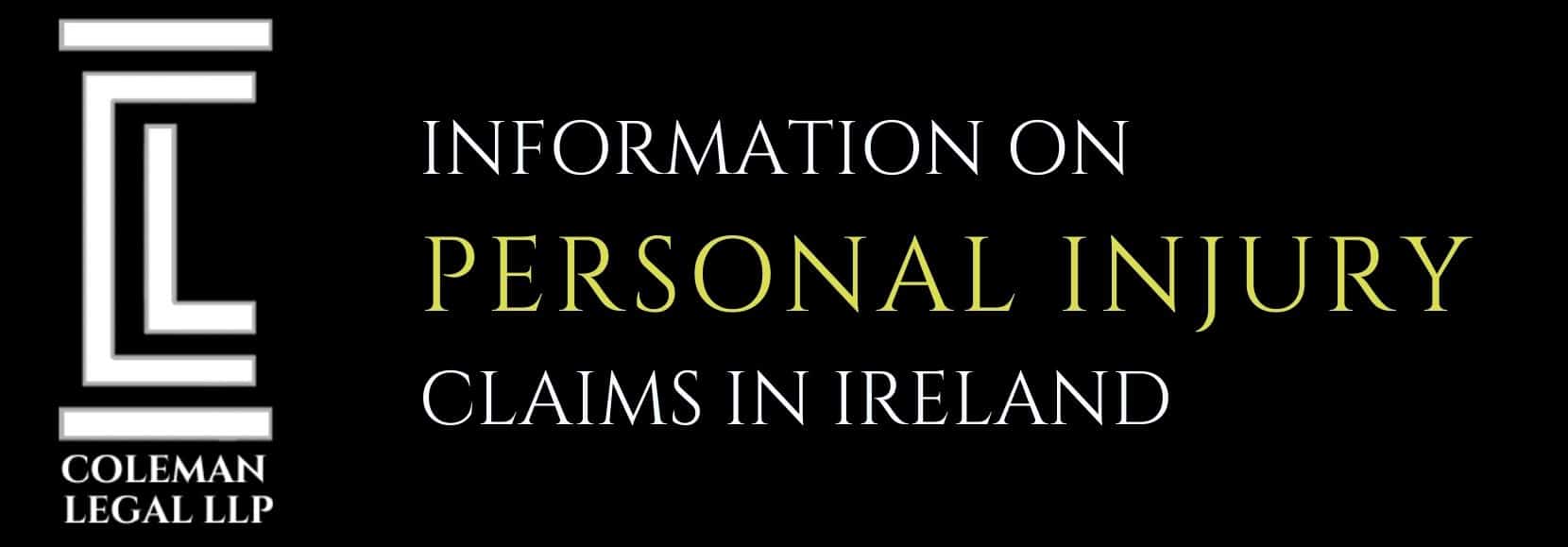Medication error, as defined by the National Coordinating Council for Medication Error Reporting and Prevention, is any preventable event that could lead to incorrect medication use by a patient. Of all the potential harm that can befall a patient in the hospital setting, it is the single most preventable cause. Errors can happen anywhere in the medication use cycle, from the ordering, transcribing, dispensing to administrating the actual medication. The severity of medication errors can range from no adverse reaction to death, so it is important that all errors are to be reported immediately to the respective authority. Medication errors can occur in any patient being prescribed medicine, but it is the elderly and the very young who are usually the ones greatly affected by these errors.
Ordering
When a physician incorrectly gives a diagnosis to a patient, a medication error had already occurred. Misdiagnosis is brought about by an insufficient data gathering from the patient’s health history, physical examination and other diagnostic tests. Prescribed medications are closely related to a patient’s medical diagnosis, so if the diagnosis is incorrect, medication errors are bound to happen. Failure to anticipate allergies and potential drug interactions are also causes of errors in the ordering stage.
Transcribing
Medication errors can occur in the transcribing phase when incorrect data about the patient and the drug are written in the prescription or any medical records. Misspelling drugs and intelligible handwriting are also included here, in case the system of record-keeping in the hospital is not yet computerized. There are drugs that have completely different functions but having similar names. Incorrect placement of the decimal point when writing the dosage is also a grave error. Especially when prescribing drugs to children and the elderly, where computations based on body weight are made, a misplaced decimal point can mean life or death to the patient.
Dispensing
Errors in dispensing are hardest to pinpoint, since it involves a lot of medical personnel, from the pharmacy to the distributing personnel. Dispensing of medications involves validating the prescription, checking important patient and drug details, packaging the drug and transporting it to the ward. Misreading the prescription, providing the wrong medicine and mislabelling the container are just some of the errors committed during this stage. With the advent of computerized labelling systems came another error in the form of transpositions and typing.
Administration
Administration of the medication occurs when there is a discrepancy between the specifics of the drug ordered by the physician to the actual specifics administered to the patient. Proper drug administration had been a vital concept in the nursing studies since nurses play a huge role in maintaining the fidelity of the administered drug to the specifications of the physician. Giving the wrong drug with the wrong dose and in the wrong route are forms of errors in the administration phase.
In order to prevent any medication error, extreme caution in all phases of the medication cycle is needed. And in the part of the patient, don’t hesitate to question the drugs that are given and be proactive in the treatment process.
